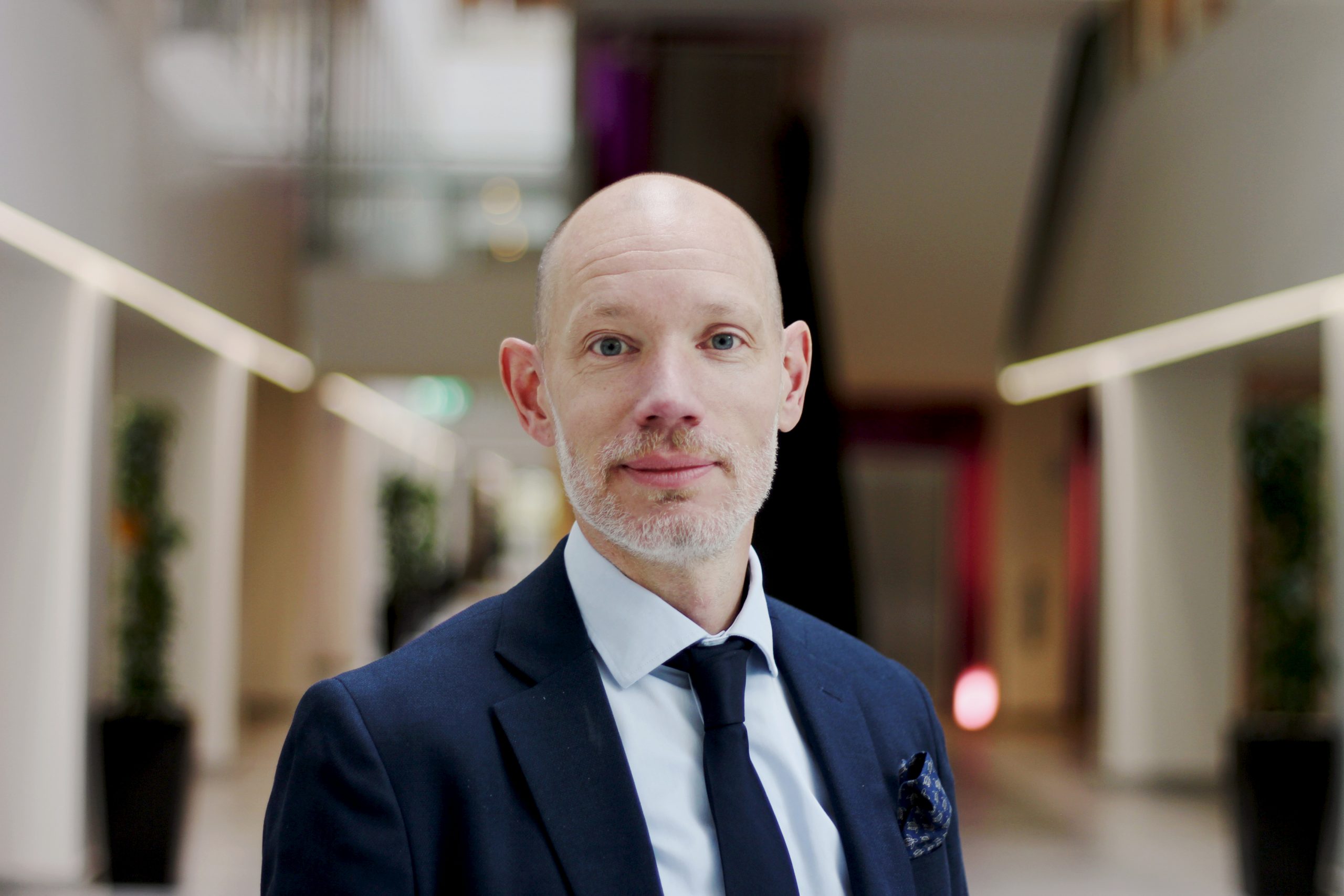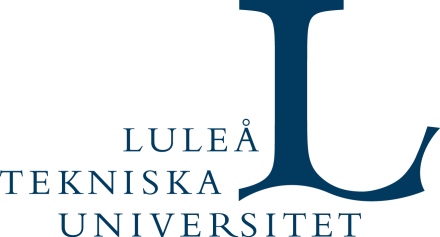Interview with Nordic Ecolabel’s Per Sandell and SFL’s Joakim Sandberg
How does the Nordic Ecolabel work with eco-labelling of funds?
– The Nordic Swan has been around for over 30 years. We were developed as an initiative at a time when greenwashing was a big concern and a highly discussed matter. We address areas where it is difficult for individuals and companies to understand when to buy, and evaluate where on the scale something lies in terms of sustainability performance. We become a matchmaking function between those who buy and sell funds, as well as a tool for the market to overall function better in terms of sustainability.
Why is it important?
– Among the thousands of funds out there, there are differences among them in how they work with sustainability. We are convinced that where and how the money is placed and utilized is important when investors operate in a market where shares are sold and bought on the secondary market and a lot of trade is occurring indirectly.
Tell me about the framework and factors relating to updating the criteria?
– We update the criteria when the market has changed. When laws change, products develop and when we identify new reasons for an update. Even though we have published new criteria recently, we continue development as the criteria need to have a long validity period. Companies looking for labeling seek to know what they have to deal with for several years to come and we have to be available to facilitate that aspect in our criteria.
How do you view collaboration with researchers and SFL to review the criteria of the eco-label?
– It is very important to keep an ongoing dialogue with stakeholders of all kinds. We make sure to work with researchers that evaluate the criteria with an evidence-based frame of reference. We seek out and consider input from many other sources as well and wherever we turn, we receive valuable help and insight from academics, authorities, computer students, and fund companies – to name some of the actors we engage with.
How has SFL contributed to the updated criteria?
– When we ran a revision project we initially had a dialogue with Professor Joakim Sandberg on the matter. We then sent consultation proposals to SFL and received both positive and negative feedback. Not all, but most of the points that SFL included in the feedback were addressed and incorporated into the final version.
What kind of progress are you looking for when imagining the future?
– Everyone wants to know that their investments made a difference, a difference which is measurable. It would be very interesting to use a lot of data, but there is not enough yet, from what we know. It would be nice if it were possible to get harder facts behind a certain investment and to see that investing in a certain fund generates an actual change.
Joakim Sandberg is Co-Director of Sustainable Finance Lab and professor in Philosophy at Gothenburg University. Can you tell us about the background of your collaboration with the Nordic Ecolabel?
– The eco-labelling of funds is reasonable and useful for the common man. It is great that there is a label that helps both consumers and the funds. There is a certain process around the development of the criteria of the funds and I was a person of reference when it was launched. They asked me as I was a professor in the field and they had suggestions which they sent us to consult on. We accepted and wrote an official consultation response from Sustainable Finance Lab.
What have you contributed to the work with the criteria?
– We had three main recommendations or comments on the criteria. The first concerned the definition of sustainability. It is difficult to define a sustainable investment and what makes a fund sustainable, and Nordic Ecolabel try to utilize their expertise in the field to aid in the development of the definition. In research, there is much criticism of ESG data – that much of it is unreliable and random, but at the same time eco-labelling struggles with having to rely on ESG analysis. For companies to secure labeling, all of their holdings need to have been through ESG analysis. We do not think it is fully reliable as this type of analysis is very unclear.
Another point was something that relates to the first; greenwashing. There should not be a way to cheat one’s way through and get an eco-label without meeting the conditions necessary to label a fund and/or product as sustainable. So we looked for potential weak points in the criteria. We thought that some things in the criteria were a bit too quantitative. For example if you were simply involved in a large amount of processes which seek to improve sustainability you would be awarded more points, but the problem was that simply being involved in a lot of processes does not necessarily mean that the processes lead to actual change.
The third point is about impact investments. It is not entirely easy to change an entire industry through investments, and ecolabelling recognizes this. Even if you exclude the worst climate criminals, they are likely to get funding from less scrupulous investors. One avenue that we believe extra much in is impact investments. Companies that need money are often smaller and there are many start-ups which would benefit from guidance – if you support these enterprises, it is possible to make a big difference. On the established stock market, it is harder to make much of a difference. We therefore believe this should be a much larger part of Nordic Ecolabel’s focus. Overall we had a hard time finding a way to write such a requirement that many can follow as it was not possible to generalize.
Is there any background to this type of eco-label that I should include? Tell us about the impressions they took from your feedback?
– There are more and more labels. My attitude is that it’s great. The Nordic Swan inspires high confidence in the Nordic region. They want the funds to contribute to the transition into a better future. Greenwashing is dangerous. Labeling must get funds that want the labeling, they cannot be too harsh. But on the margins they must be realistic, taking into account what funds can be reasonably expected to agree on. A label is a solution for many who do not have the time, ability, strength, or knowledge to conduct their own research.
Is this an example of how Sustainable Finance Lab can meaningfully affect the financial market?
In SFL we are often talking directly to the people that manage the funds, but in this case we are talking to those who set the rules for them. This is an official and important way to influence the industry.
Read more about Nordic Swan Ecolabelling here. Nordic Swan Ecolabel | Nordic Ecolabel (Svanen.se/eng).
Nordic Swan Ecolabel funds and investment products. (nordic-ecolabel.org/investmentfunds)
Read more about SFL and our partners here. https://www.sustainablefinancelab.se/about/






